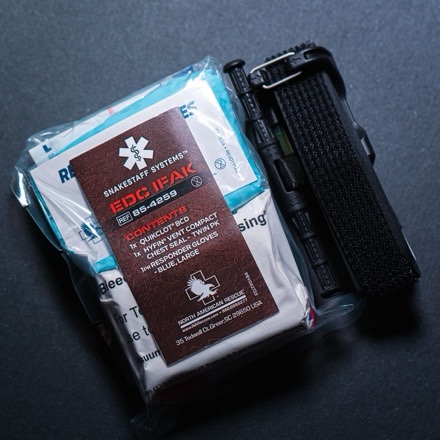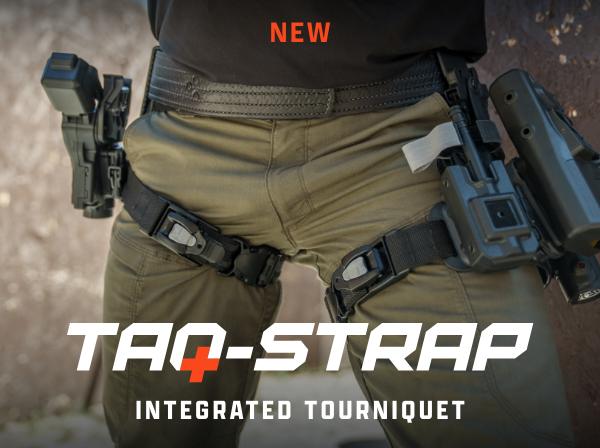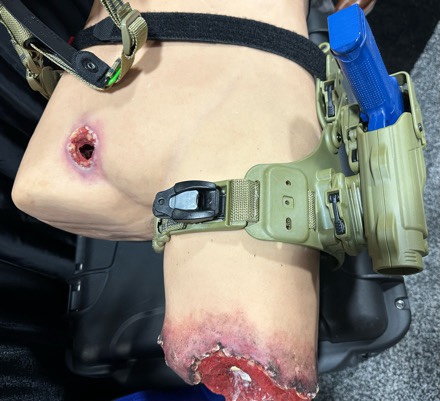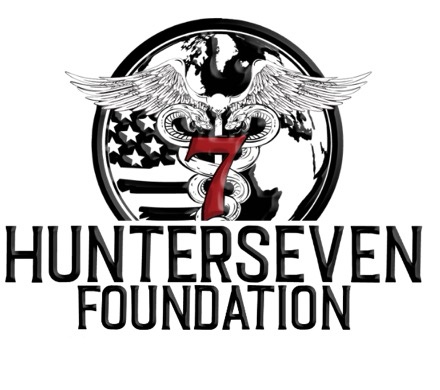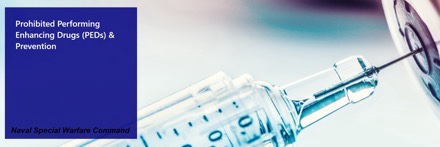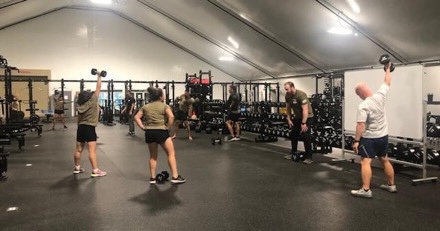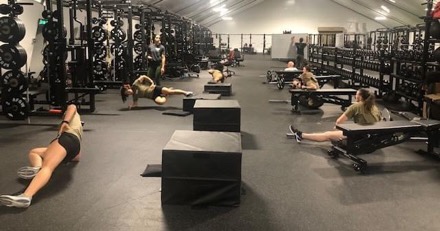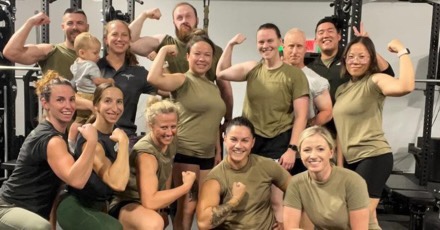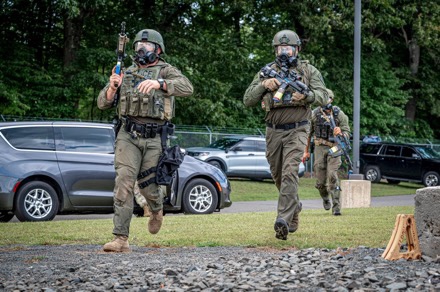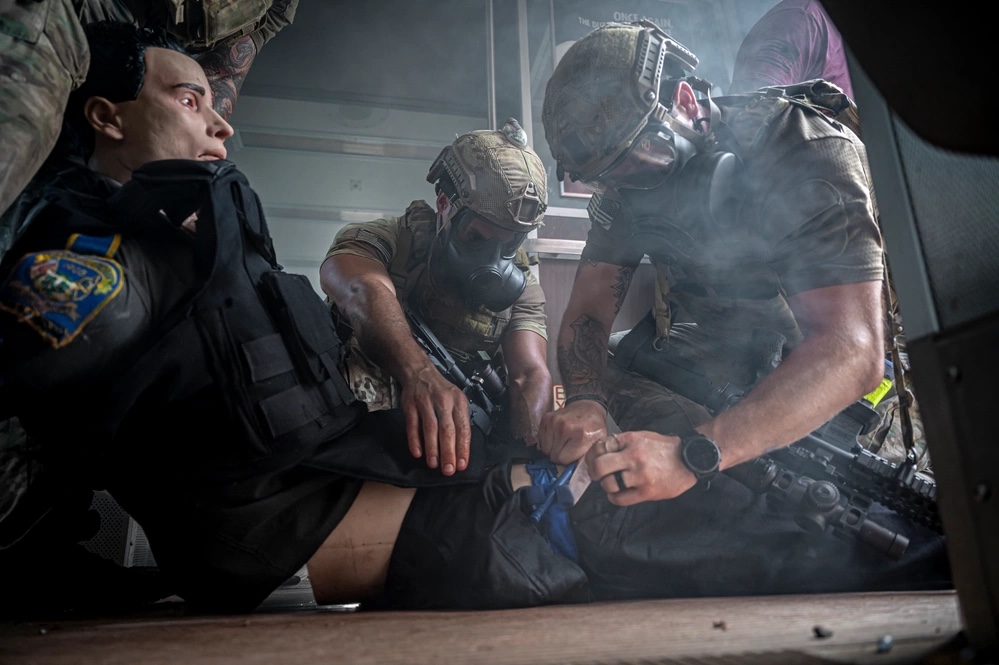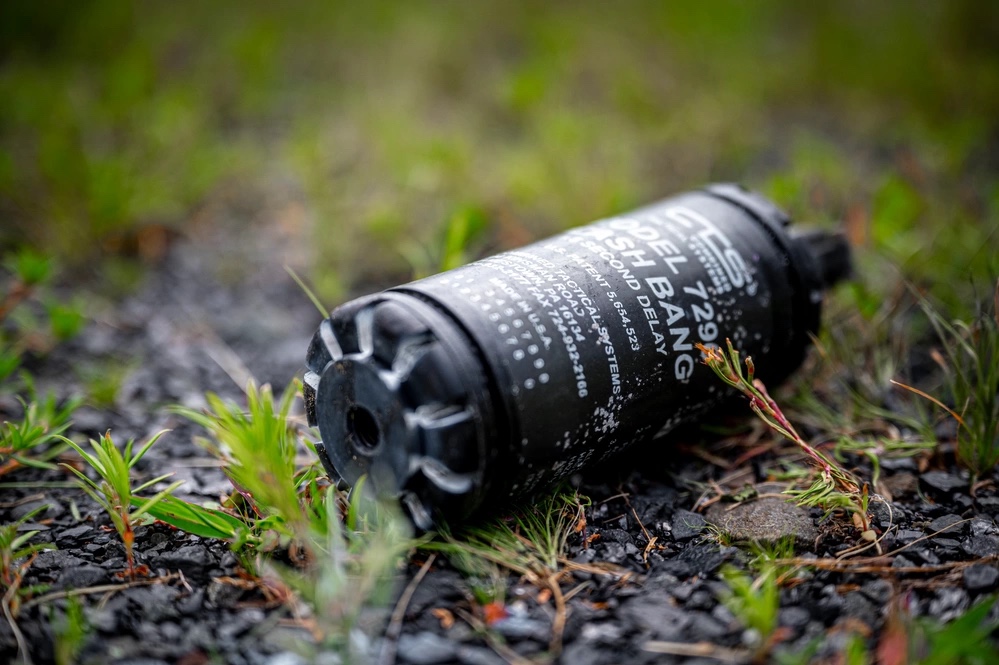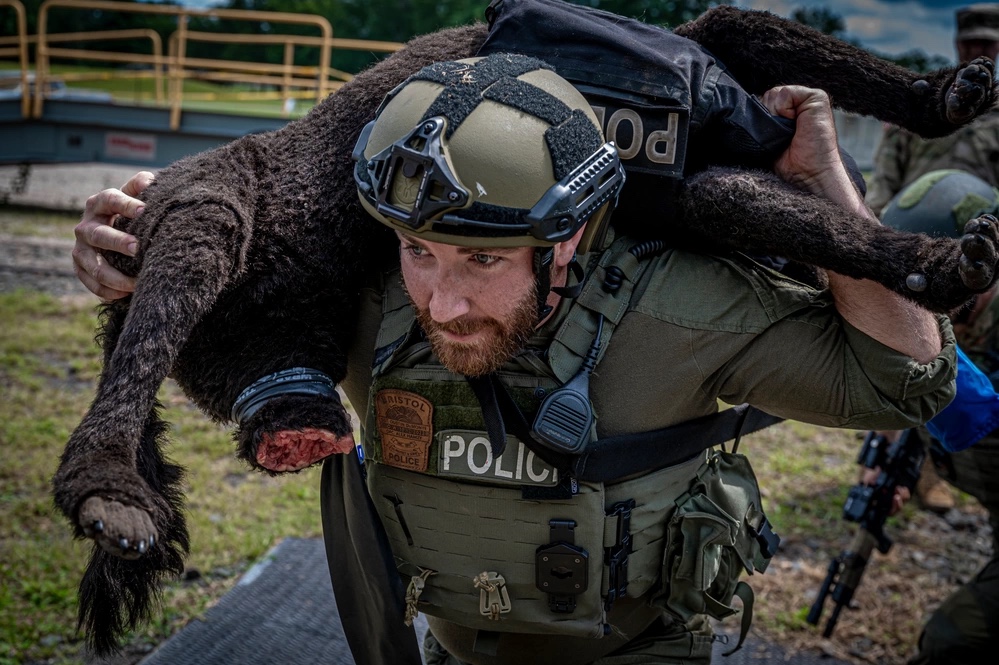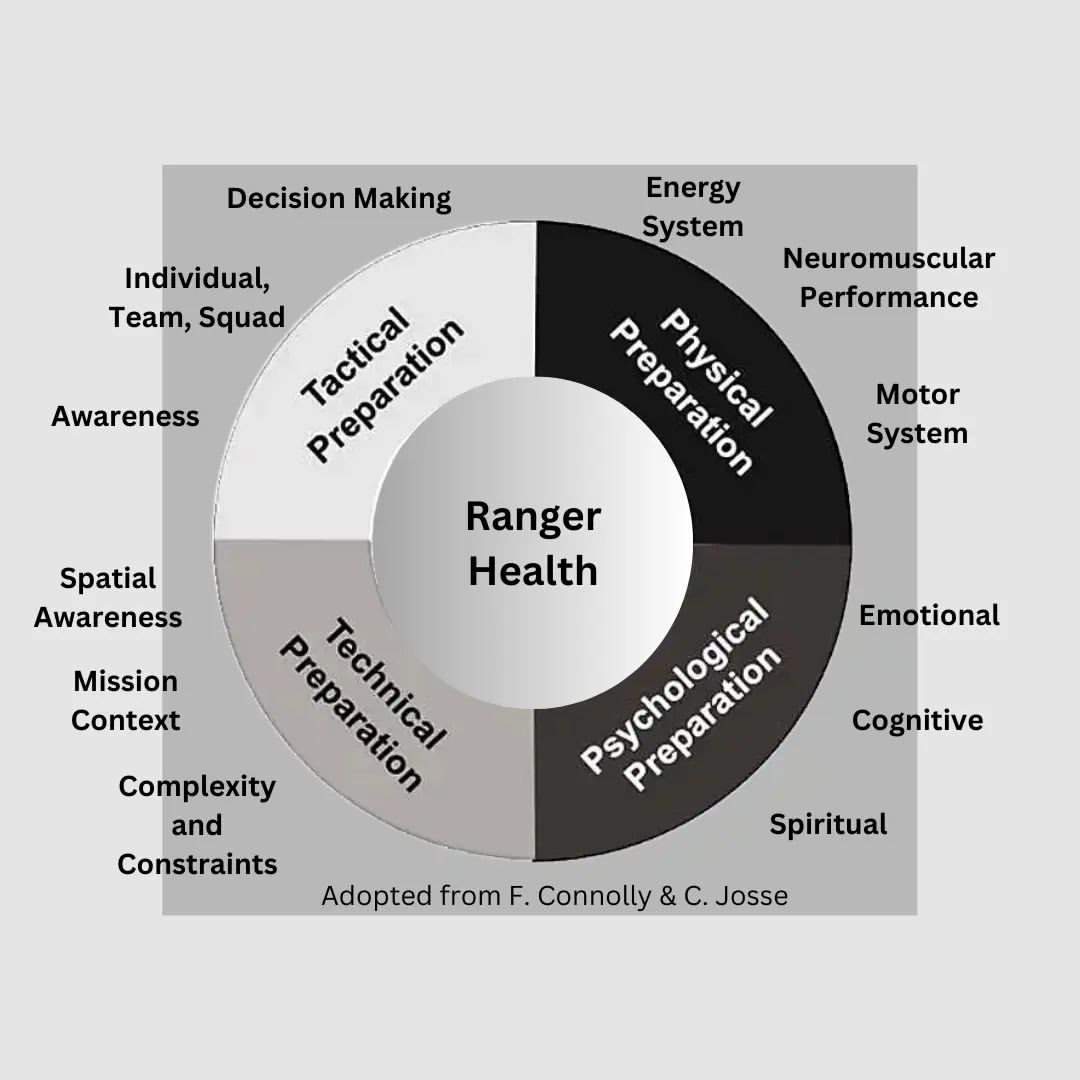
CTOMS Academy announces the release of its Emergency Bleeding Control training package. This online training includes both the standard and advanced Emergency Bleeding Control courses, giving students in-depth instruction on circulation anatomy, physiology, and pathophysiology, and the principles of massive hemorrhage management including direct and indirect pressure, wound packing, bandaging, and the use of various types of tourniquets.
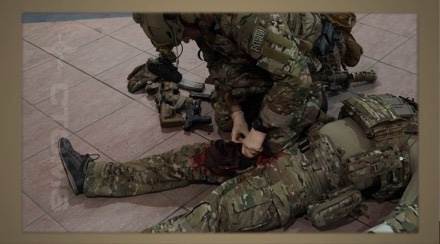
Like all CTOMS Academy courses the training is presented to students with an engaging mix of live video, motion graphics, and 3D animations to facilitate Students understanding of the topics. The Emergency Bleeding Control package includes demonstration video from labs using pathophysiological training models.
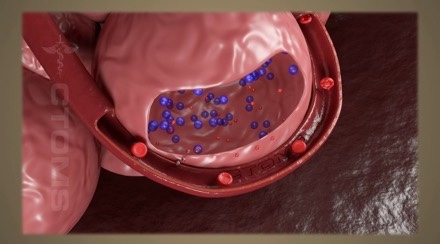
CTOMS Academy provides online training suitable to both medical professionals and non-medics operating in tactical and non-tactical environments. Clients include military, law enforcement, and emergency medical service groups. Many civilians, looking for training beyond standard First Aid, also find tremendous value in these courses.
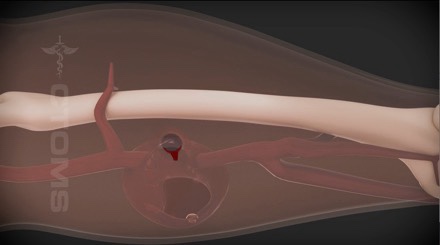
Once enrolled, students can access their course material 24/7 from anywhere in the world, provided they have internet. Learning is self-paced, and the course will remain active for 3 years.
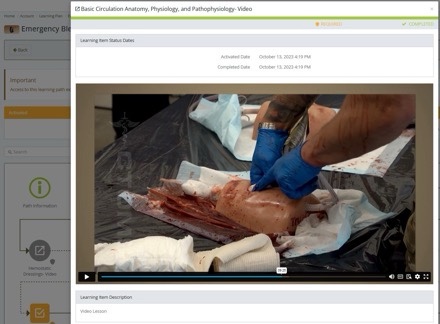
For more information on the Emergency Bleeding Control training package, and other Tactical Trauma Care training, visit CTOMS Academy.
For volume, government, or agency pricing please contact training@ctomsinc.com Use code SSD25 for 25% discount on all online training.


